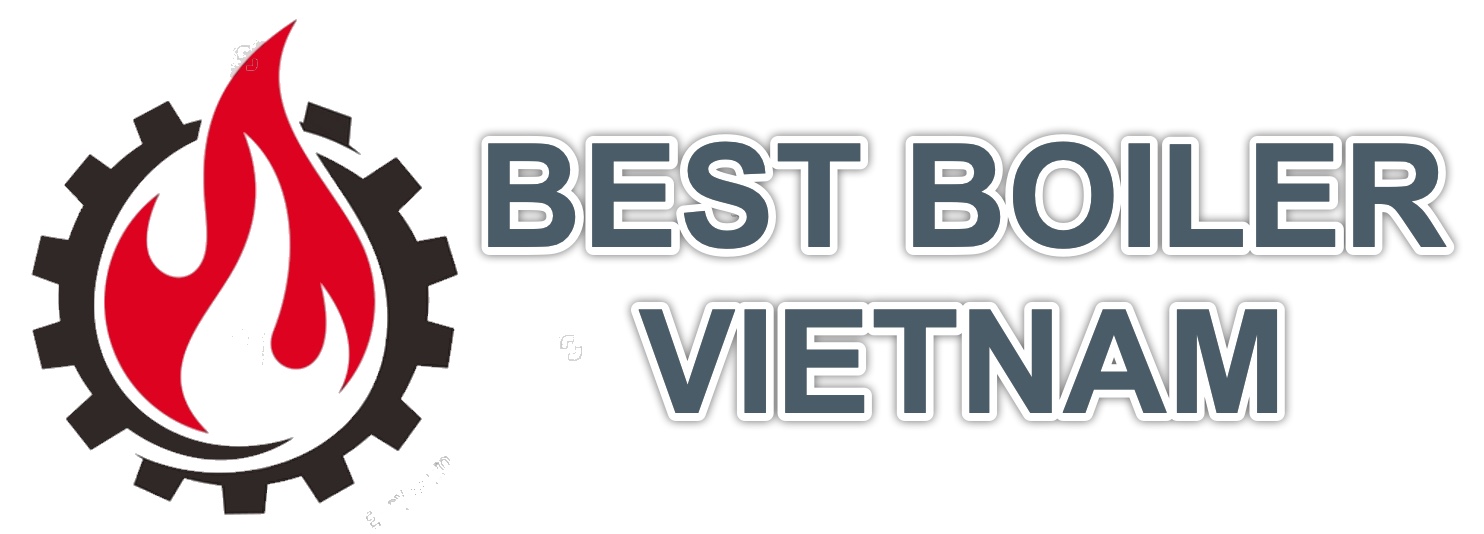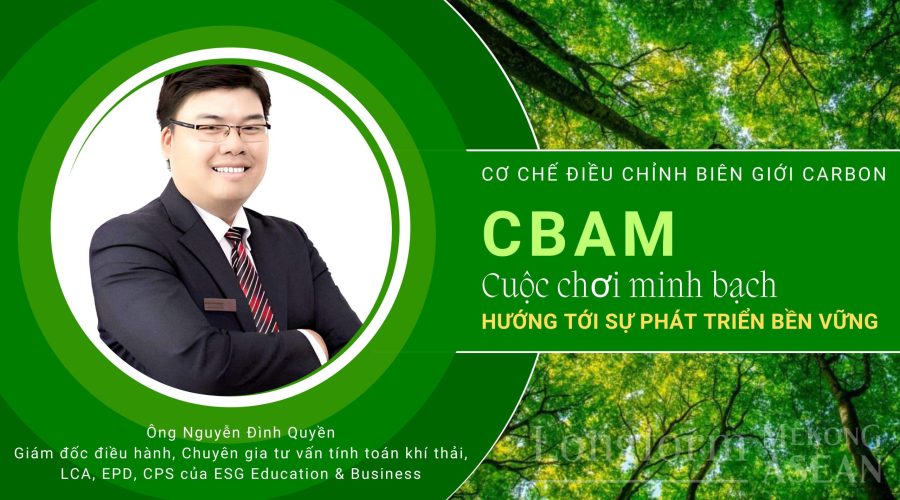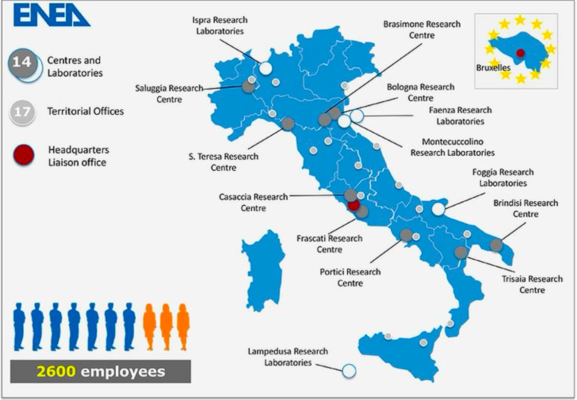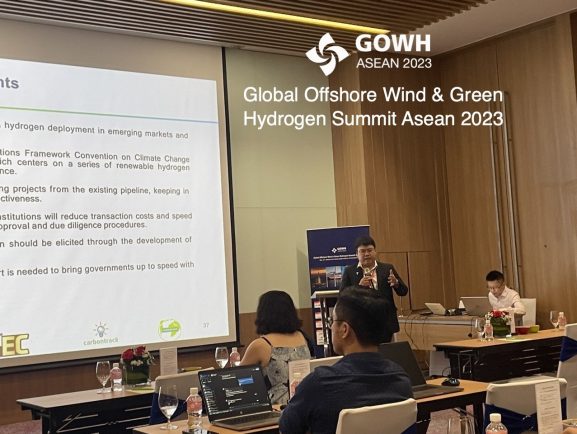CBAM: A Transparent Game Towards Sustainable Development
From October 1, European importers have 4 months to prepare carbon emissions reports under the CBAM mechanism. Vietnamese export enterprises must also provide information on product volume, product emissions, and costs paid for domestic carbon pricing…
Europe is currently becoming the most demanding market with strict standards on environmental protection, including the application of the Carbon Border Adjustment Mechanism (CBAM). This is a proposed policy tool to reduce carbon emissions from goods imported into the European Union (EU).
The CBAM mechanism will apply a tax on imported goods that have a higher carbon footprint than those produced in the EU, from the moment of production of the goods until their importation into the territory EU customs. This tax will be used to compensate for carbon emissions caused by the production of goods within the EU.
CBAM is expected to help the EU achieve its goal of reducing carbon emissions by at least 55% by 2030 compared to 1990 levels. This mechanism will also help motivate businesses in the EU to switch to clean energy sources and more effective. CBAM will officially apply in 2026.
Mekong – ASEAN discussed with Mr. Nguyen Dinh Quyen , CEO, Emissions Calculation Consultant of the Center for Education Research and Business Development of ESG (ESG Education & Business) about business issues Vietnam may encounter CBAM and the roadmap for implementing this mechanism.
Mr. Quyen is also an expert in the fields of product life cycle declaration (LCA), product environmental impact report (EPD), and product circular system (CPS) construction.
Mekong – ASEAN: Can you tell us the specific roadmap for implementing CBAM?
From 2021, the CBAM mechanism has been drafted and officially issued in May 2023. In July 2023 CBAM will begin deployment in the European region and in December 2023 it will be applied globally.
From October 2023 to the end of December 2025, called the transition period, helps businesses become familiar with CBAM regulations.
Under the reporting mechanism provided by the EU, businesses are required to provide emissions inventories to the European Commission to better define the emissions calculation method.
The deadline for submitting greenhouse gas inventory reports begins on October 1, 2023 and ends on January 31, 2024. This report is submitted quarterly, no later than the 30th of the month following the submission of the report for the previous quarter.

From January 2026 CBAM will officially be operated. Importers of goods covered by CBAM in the EU will need to purchase a CBAM certificate. The price of the certificates will be calculated depending on the weekly average auction price of EU free quota allowances (ETS) expressed in Euros/tonnes of CO2 emitted.
However, at this stage, the CBAM tax is applied simultaneously with the support of the ETS free quota policy. Over time, the CBAM tax gradually increases, and the free quota also gradually decreases until the end of 2033.
And from January 2034, businesses will have to pay 100% tax, comprehensively apply CBAM regulations to all items and products as well as apply to countries and objects importing goods or products. produces products within the target group of CBAM.
Mekong – ASEAN: During that process, what do you think is the biggest challenge for Vietnamese businesses ?
Mr. Nguyen Dinh Quyen: Attitude and behavior towards new models and mechanisms are always big problems.
If this is seen as an opportunity to move businesses forward according to a sustainable development model with European, as well as American and Asian partners in the future, businesses will pay attention, research and transform their models. product so that it meets the needs of the market.
On the contrary, if this is considered a risk, a difficulty and avoided, in my opinion it will be a huge risk for businesses in the future.
The CBAM mechanism is built on transparency and clarity in information. Reporting and trying to circumvent it will be considered inappropriate behavior with CBAM and businesses are likely to lose the market completely or will subject to high taxes to export goods to Europe.
The European Commission will continuously monitor the situation at Union level with a view to identifying fraudulent practices by means of market surveillance or on the basis of any relevant source of information, including reports from organizations. civil society organization.
The advantage of applying the CBAM mechanism is that it helps the EU achieve its goal of reducing carbon emissions, promoting businesses in the EU to transition to a low-carbon economy using cleaner and more efficient energy sources. Transparency in the application of the CBAM mechanism also creates greater fairness in international trade. On the contrary, CBAM can cause inflation or can lead to trade disputes with other countries.
However, CBAM will have a huge impact, not only on the issue of greenhouse gases and climate change, but CBAM will directly impact customers in the supply chain. Thus, businesses exporting products belonging to groups subject to the CBAM mechanism and businesses in this supply chain need to clearly identify them for the best preparation.
The EU is a big market for Vietnamese businesses, so having to face and adapt to CBAM regulations is inevitable.
Up to now, I have noticed that domestic businesses are very interested in building an emissions inventory roadmap in their businesses according to international regulations and standards such as ISO 14064, ISO 14067, GHG Protocol.
Mekong – ASEAN: Which products and fields will be directly and indirectly affected and regulated by the CBAM mechanism?
Mr. Nguyen Dinh Quyen: In the immediate future, the sectors regulated by CBAM are the industries that produce the most direct emissions such as electricity, cement, iron and steel, aluminum, fertilizer, energy, and hydrogen.
The EU is continuing to research and expand other occupational groups and will certainly spread to many fields.
To check whether your business belongs to this group or not, Vietnamese businesses can rely on the Combined Nomenclature code (CN Code) system in Appendix No. 1, Regulations ( EU) 2023/956 of the European Parliament and of the Council dated May 10, 2023 on establishing a carbon border adjustment mechanism.

In addition, the emission calculation process will depend on the production model and relate to the emission issues of businesses in the supply chain. Therefore, even though businesses are not currently directly exporting goods subject to CBAM, if they are part of the supply chain, they still need to be prepared for this issue.
Mekong – ASEAN: So to cope with the CBAM mechanism, what do Vietnamese businesses need to do?
Mr. Nguyen Dinh Quyen Managing Director, Emissions calculation consultant, LCA, EPD, CPS ESG Education & Business
Mr. Nguyen Dinh Quyen: In Vietnam today, more than 97% of the country’s businesses are small and medium-sized enterprises (SMEs). Most of them have business models that lack transparency between the finances of individuals, owners and businesses.
Businesses today do not comply with accounting standards, discrepancies between accounting books are very common, financial statements are often unaudited, management level, organization, administration, capital sources are often unaudited. , production capacity and technical level are still limited.
Therefore, in many cases it is difficult to meet the conditions for bank loans, especially green loans. In addition, small and medium-sized enterprises often do not have enough collateral to meet the increasing demand for credit to develop their business.
On the contrary, it is also difficult for banks to access information about small and medium-sized enterprises. Currently, credit institutions mainly exploit information through direct research into businesses and through the Credit Information Center (CIC), but have not been able to fully exploit information from associations and industries. , tax authorities, customs authorities…
Meanwhile, a bank is also a business that needs to ensure capital recovery and maintain system safety. Minimizing bad debt is the bank’s priority. Personally, when consulting for a number of businesses to borrow green capital from banks in Vietnam, we also encountered such vital problems.
Therefore, when it comes to the big question of the century about green transformation and green production, suddenly these businesses are “pressed” to have the capacity to carry out strict and transparent processes of the world. gender.
The biggest question is: What should businesses do?
In my opinion, when consulting on the issue of emissions declaration, implementing LCA, EPD, moving towards carbon neutrality and netzero, businesses must seriously follow the following process:
Regarding the process of measuring – reporting – verifying ( MRV ) greenhouse gas emissions. To develop sustainably, reduce carbon emissions, achieve net zero carbon… everything must first be based on reliable input data.
This is not something that Vietnam or businesses decide on their own or self-declare without inspection. These data must be based on building trust in honest and transparent reporting between countries in general, and business organizations in particular.
The MRV process is built on the basis of ISO standards, the most basic of which are ISO 9001, ISO 14001, ISO 45001, ISO 5001. Currently, the majority of Vietnamese enterprises (except FDI enterprises) have only implemented ISO 9001 , ISO 14001, many units do not even have ISO 14001.
It can be said that the development roadmap of a business, a city or a country in green economic development is basically the same, only different in scale and direction of sustainable development. Basic steps will include:

All issues from energy, wastewater, waste, emissions, life cycle factors of a factory, city or country need to be presented at the most detailed level possible.
Therefore, the issue of establishing inspection barriers on emissions declaration or implementing basic ISOs is a prerequisite that must be implemented transparently and seriously, then the green transformation development process can be achieved. effective.
Furthermore, when businesses participate in the MRV process in a standard way, providing an accurate set of indicators based on that data, the Government can build the most appropriate support policy.
About the solution to reduce sea water . _ _ Before applying new technology that requires a lot of costs to convert, businesses must aim at managing energy, raw materials, output products, emissions… and must be clearly displayed in real time. .
Technology applications in business operations management such as smart energy management, smart GHG management, smart product/supply chain management (smart production | supply chain management)… always has great demand and is a good direction for technology startups. Monitoring and using energy effectively and reducing consumption will help increase business profits.
From another perspective, taking FDI enterprises as models should be carefully considered because these enterprises comply with the group’s standards. And foreign parent companies/groups have developed standards and policies that have been implemented for decades to hundreds of years. Vietnamese businesses will not have enough resources to learn much from their processes.
About Technology to transform British production and reduce shipping costs . _ _ _ _ _ _ _ _ _ The specific characteristics of each country and economy will require businesses to research and use transformation technologies suitable to their financial conditions and operating capacity.
In that process, finding ways to develop technologies originating from Vietnam should be a top priority. And these technologies also need support to be recognized with enough reputable evidence of emissions reduction.
Therefore, the issue of scientific and technical development in green production should be considered a central and long-term vision in the coming time.
In addition, there should be a priority policy for improving technology to reduce emissions from existing production facilities and demonstrate to inspection units the technology to reduce emissions in enterprises subject to the CBAM mechanism. , as well as all businesses within the CBAM-affected supply chain.




